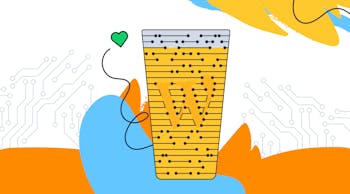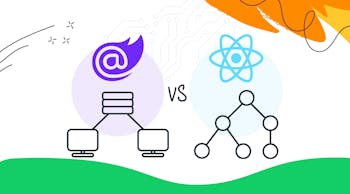GEOLOCATION AND MAPS
If your app requires the user’s location, or you want a convenient way to provide your local location, you may need to implement geolocation or Google Maps integration. Both integrations are reliant on real-time user permissions to access the user’s location. If you need further location integration, the task can become very time-consuming.
The time estimate to add geolocation is 50 hours, and about $7,500, while the map integration will take a minimum of 20 hours and starts at $3,000. Depending on your needs, some tasks may be combined to reduce the total cost.
MESSAGING
Even if you’re not trying to create the next WhatsApp or Facebook Messenger, you may still want a message functionality within your app. The specifics of your messenger will affect the development time. For example, if you want to add emoticon functionality or the ability to see if your message was delivered, you should expect to pay a little extra.
To add a chat function to your application, estimate your development team will spend at least 80 hours working and around $12,000.
ADS, IN-APP PURCHASES, AND PAYMENT INTEGRATIONS
If the main goal of your app is to bring in revenue, you will likely want the ability to present ads to prompt your users to make purchases. Luckily, these capabilities have become extremely popular, so there are outside resources like Google AdMob to ease the development resources needed. To add advertisement capabilities, it will require developers at least 20 hours and $3,000.
However, for in-app purchases, there are a few more varying factors to consider.
- How many products, services, or packages are you offering?
- How will payments be processed?
- How secure should the payments be?
- How is the data stored?
- Will you be using a payment integration like PayPal or GooglePay?
- Does the information need to be synchronized between devices?
In-app purchases on the other hand will take at least 30 hours and a minimum of $4,500. To add payment integration on top of that, expect to spend about $7,500 and 50 or more hours.
MULTI-LANGUAGE SUPPORT
Planning on taking your app internationally? Adding multi-language support will create a more scalable application but can be difficult to estimate. Ideally, you would want to build in multi-language support from the beginning, but oftentimes businesses don’t decide they want this functionality until after the app has been built and deployed to users. Other important considerations when developing a multilingual app are the amount of data to be reworked and any UI changes needed. This will be something you will need to flesh out with your dev team for a detailed estimate.
OFFLINE MODE AND DATABASE MAINTENANCE
If you want your app to be used without an internet connection, you’ll need to rely on a database to store data locally on the device. Most developers use open-source software to manage the databases, but task management is largely dependent on the type of data involved.
An optimized offline mode will also implement local caching, cookies, and shared preferences. The most time-consuming portion in developing offline functionality is setting different groups of data and their rules.
To create a usable offline mode, developers need around 40 hours to dedicate to the task and you should budget at least $6,000.
PHONE SENSORS
There are dozens of phone sensors that can be developed to improve the functionality of mobile apps. Examples include a digital compass, GPS, light sensor, fingerprint sensor, and proximity sensor. Of course, the phone’s functionality also plays a large part in which sensors can be used; because of that, development frequently relies on functionalities already built into the phone. Incorporating app logic with sensors takes at least ten hours and a budget of $1,500.
Keep in mind that not all phone sensors are available for a hybrid app, some would force the app to be native and double the cost of the entire project!
SEARCH FUNCTIONALITY
If your app has a lot of information or a ton of features, you may want to add search functionality to make it easier for users to find what they’re looking for. The extent of detail you want your search to have will play the largest part in your final price, but you can assume that at least ten hours will be needed, resulting in $1,500 minimum.
CUSTOMIZATION
Want to take your user experience to the next level? Consider adding customization functionality. Whether its changing list view to a tile view or switching your language, the time it takes to code these customizations varies as much as the customizations you can add.
A good rule of thumb with app customization is that if the elements can be reused, you should expect to pay at least $5,500 for a minimum of 35 hours work. However, of all the items on our list, this one varies the most.














